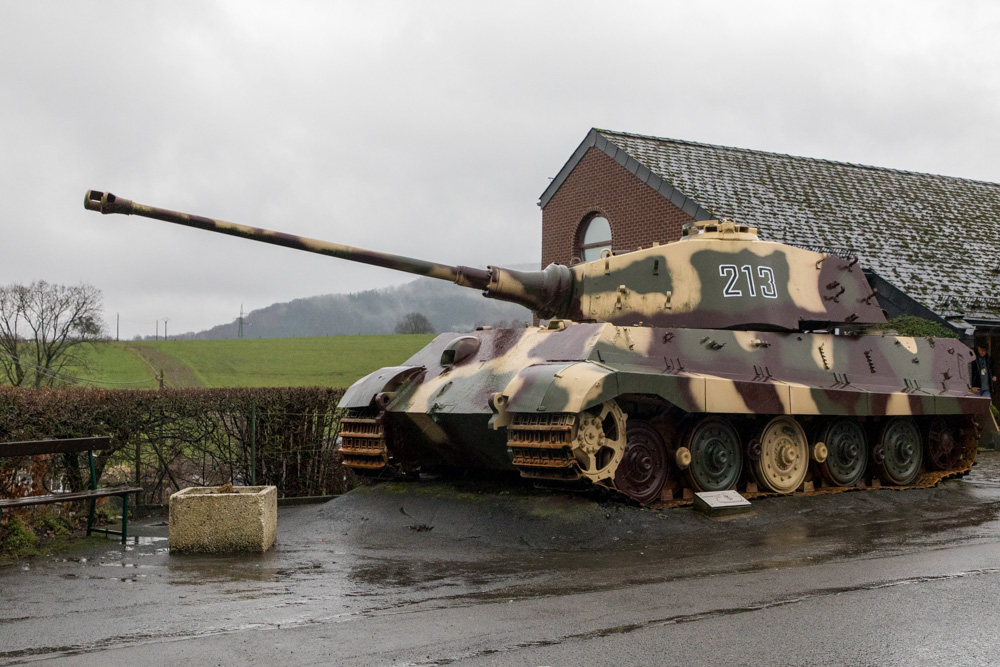Friday, December 13, 2019 -
All in the bus for a cross country ride to various battlefields.
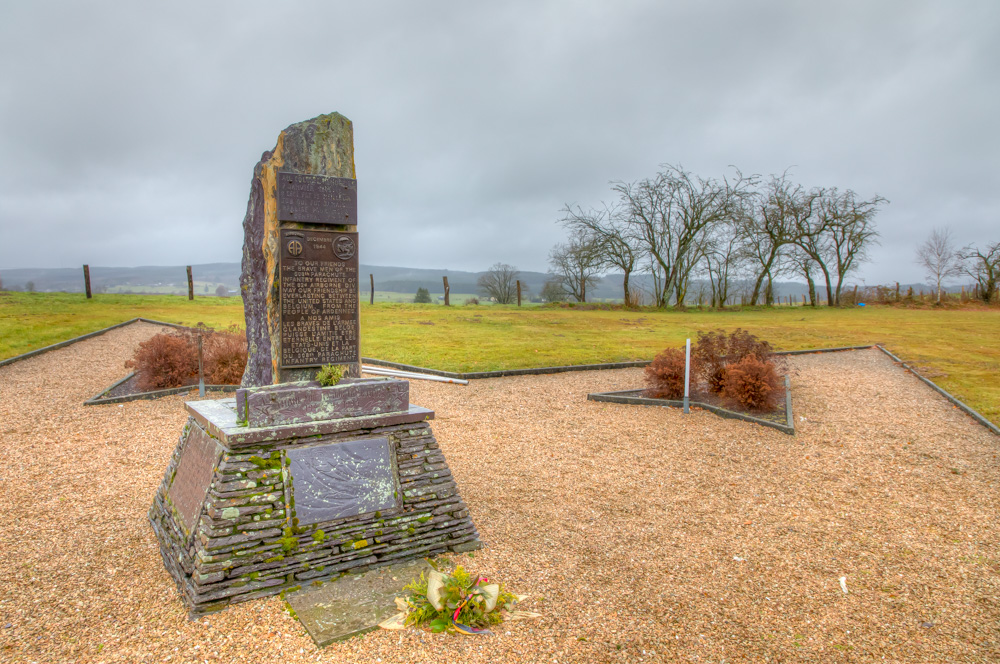
The ridge was not only the high ground but a number of roads converged on top.
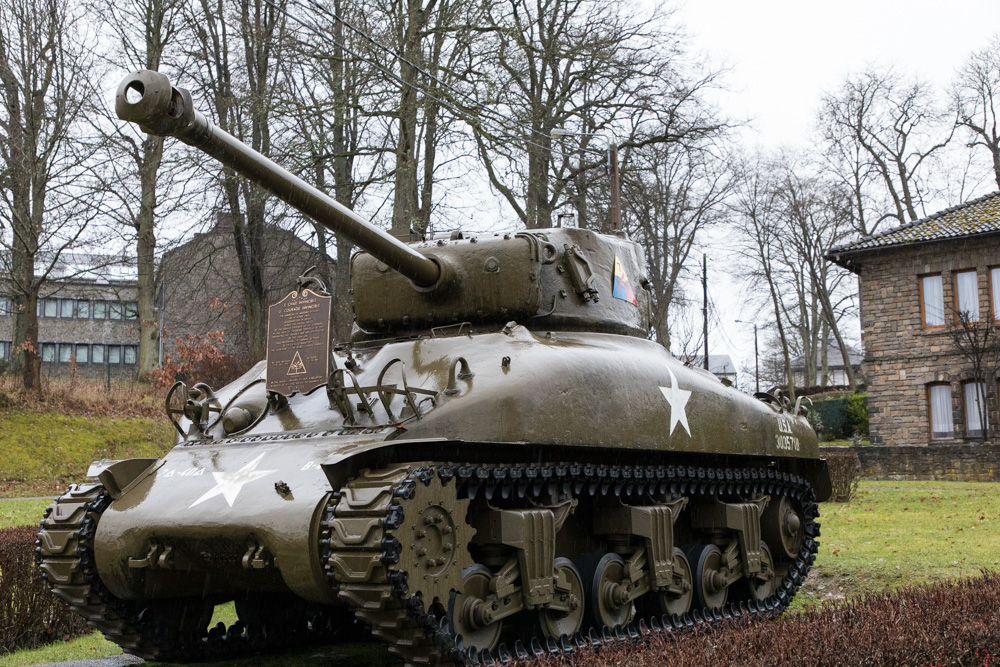
On the plaque: Le Char Invincible Le Courage Invincible The American 7th Armored Division and attached units Headquartered in Vielsalm during the crucial period of the German Offensive in the Ardennes in 1944 held the important center of St. Vith preventing any advance and any exploitation on this main line thus frustrating the German offensive by its sacrifice permitting the launching of the Allied counteroffensive.
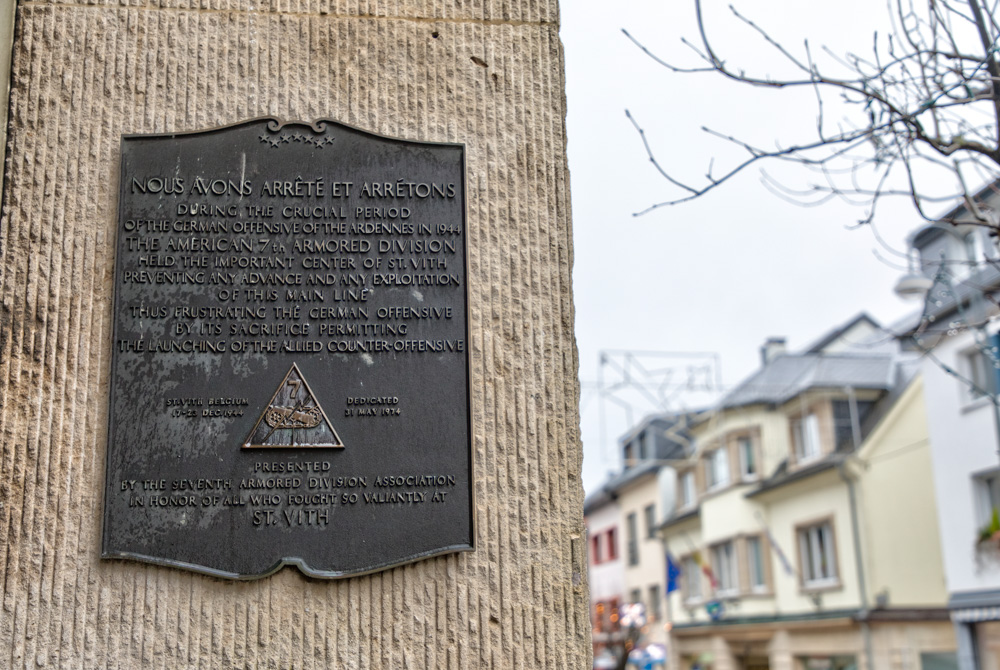

Two of its three regiments were overrun and surrounded in the initial days of the Battle of the Bulge, and they were forced to surrender to German forces on 19 December 1944.
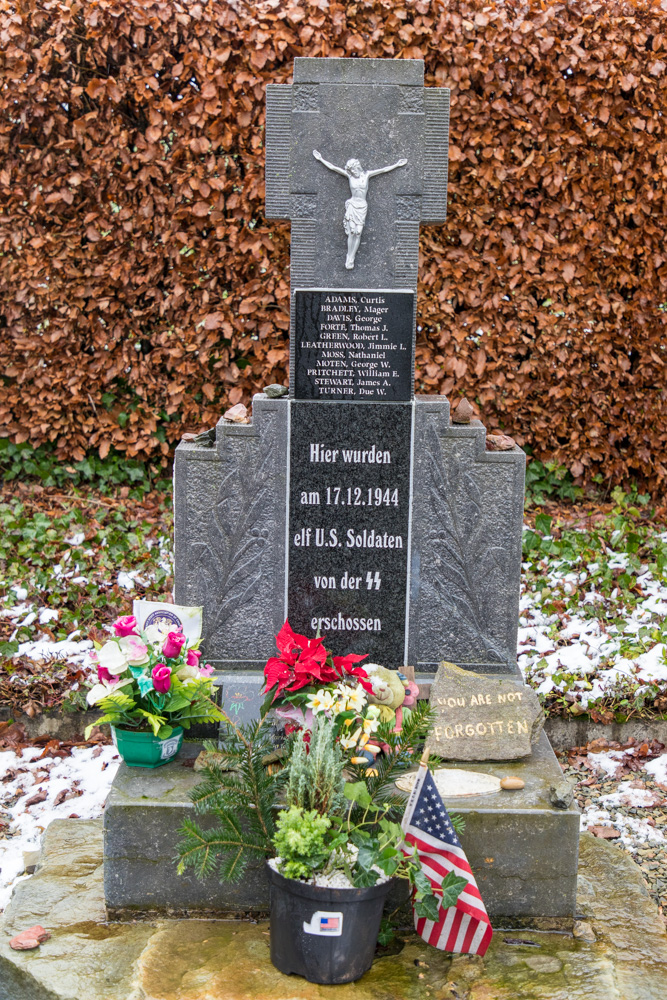
It was not erected until 2004, and is dedicated to all black soldiers of WWII.

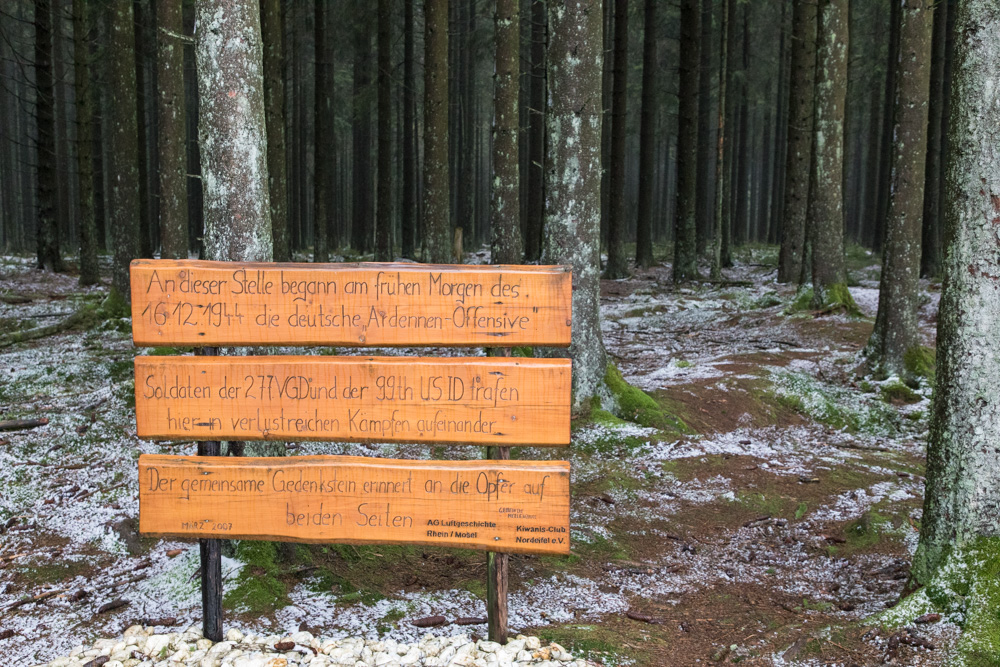
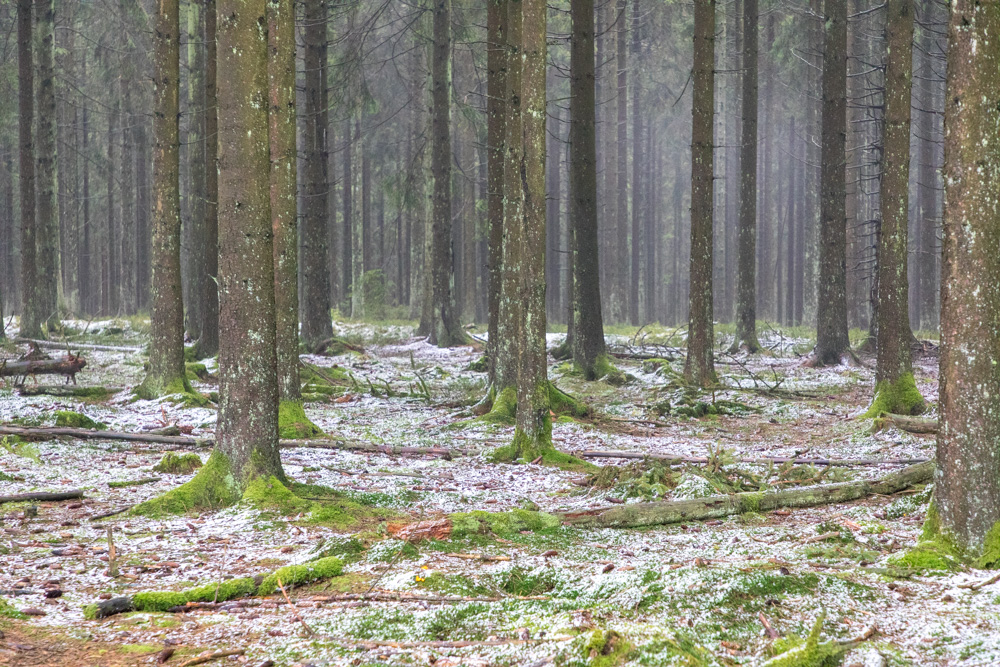
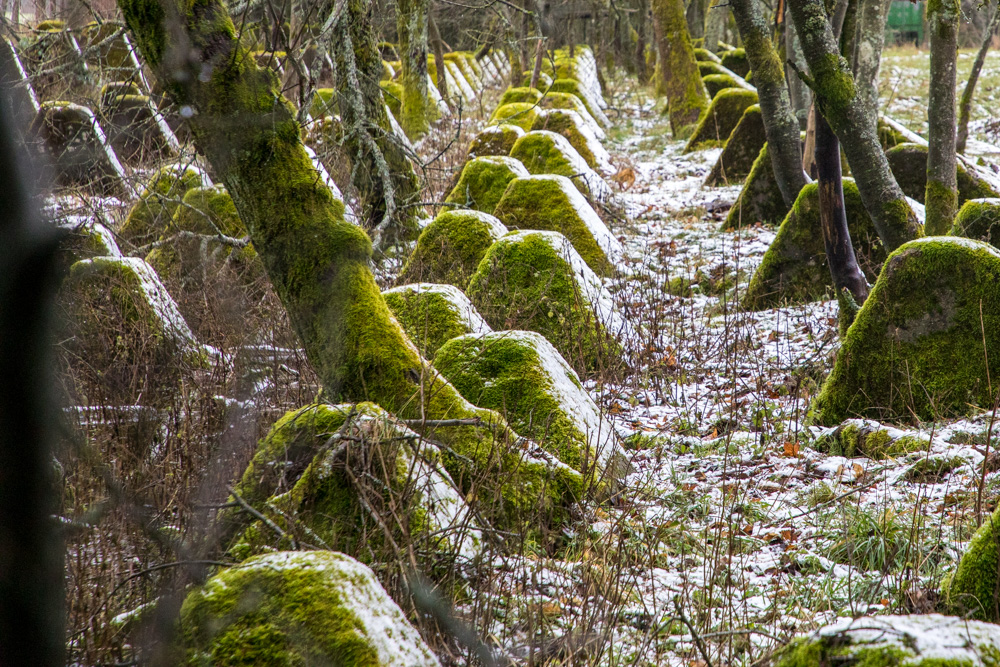
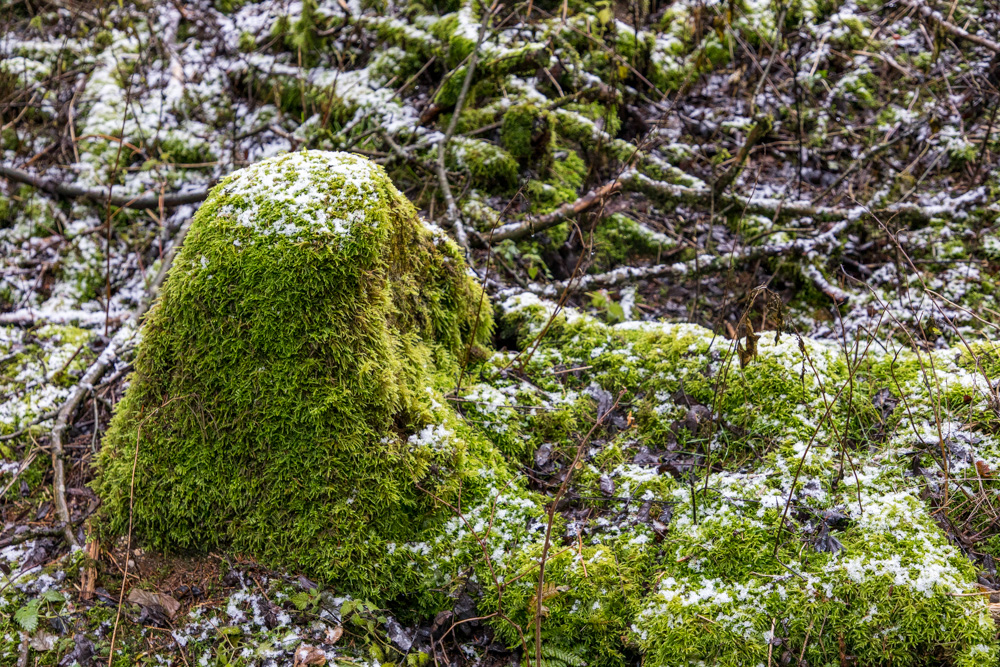
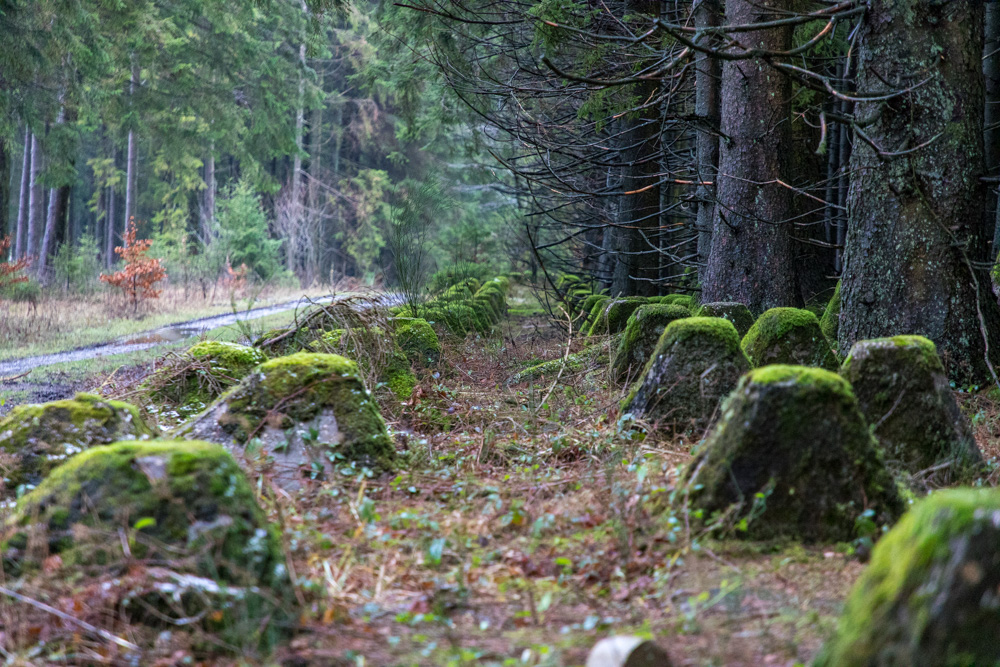
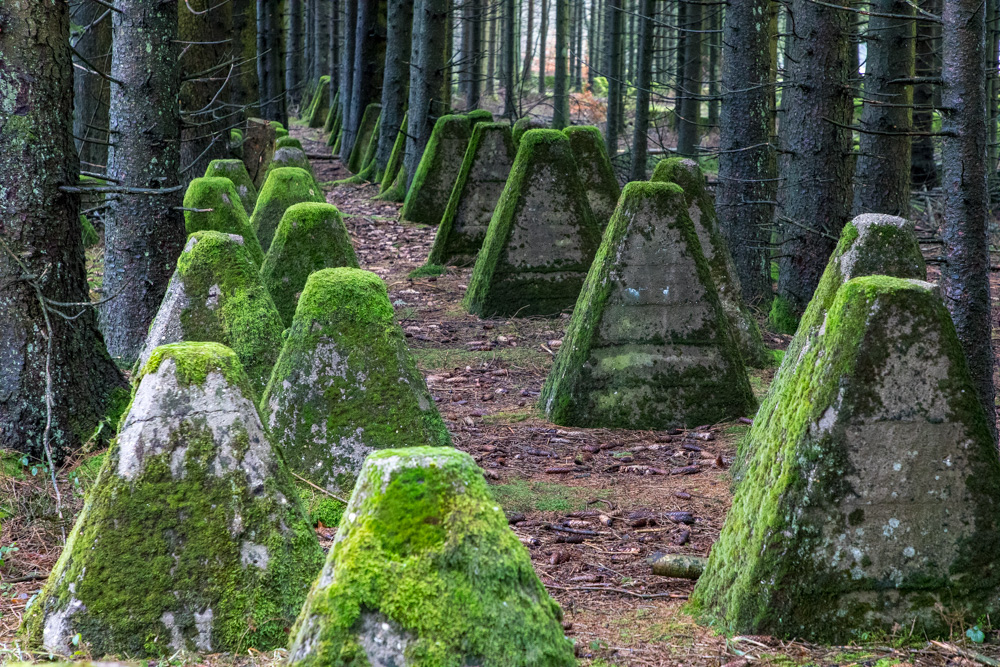
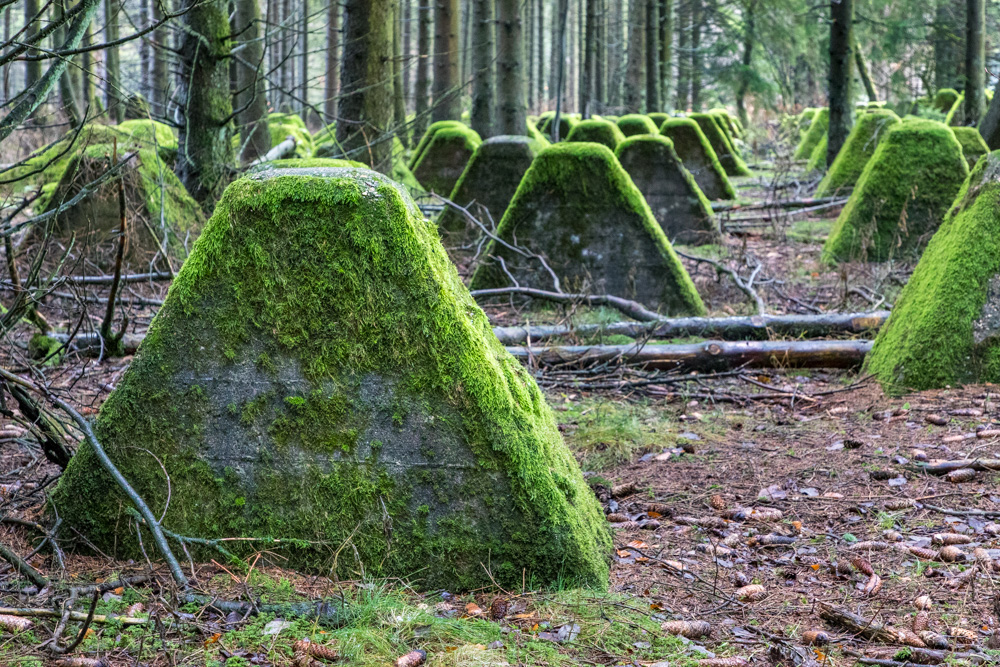
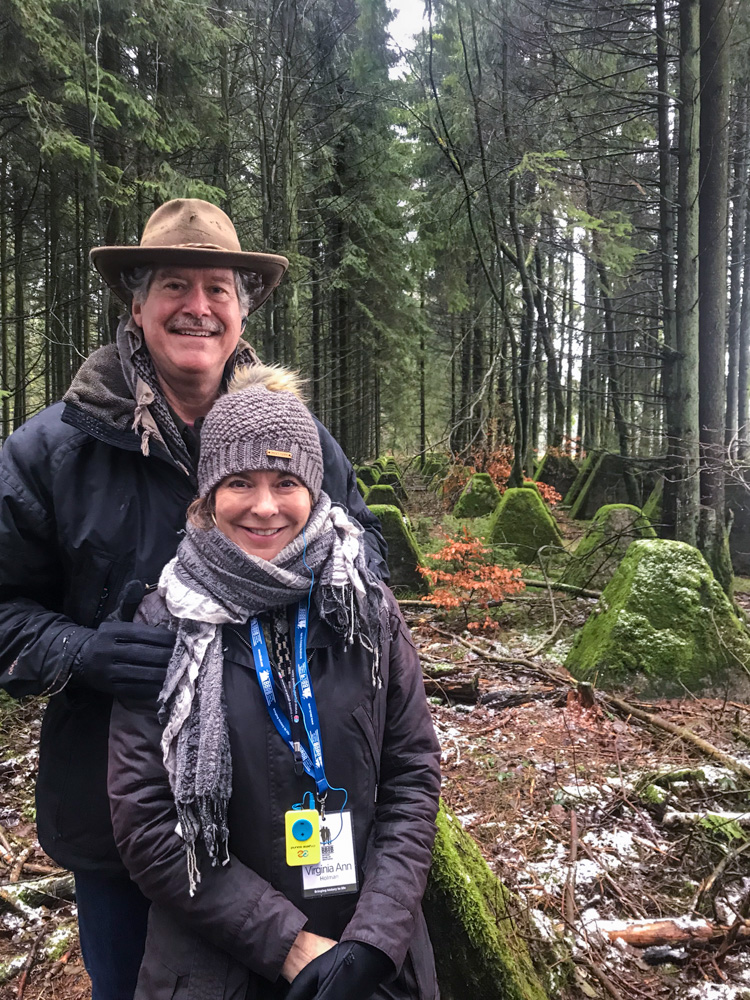
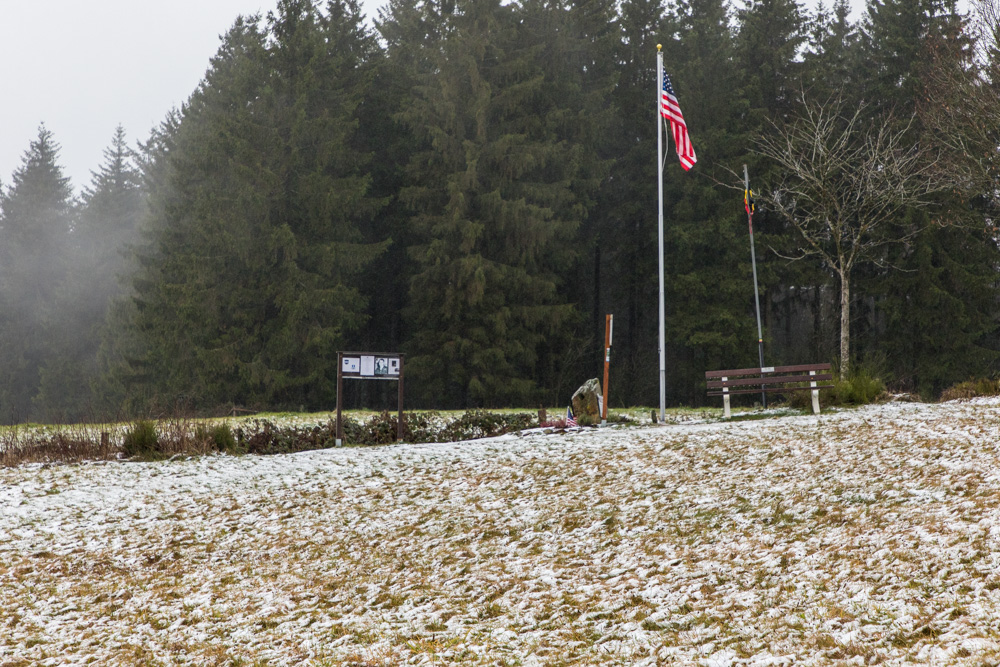
The small American platoon, with the support of four soldiers of the observation team of the 371st Field Artillery Battalion, 99th Infantry Division, succeeded in resisting three German attacks throughout the day of the 500 men strong battalion of the 9th Falschirmjager Regiment of the 3rd Fallschirmjager Division. The Germans finally flanked the American forces at dusk, capturing them. Only one American was killed, while 14 were wounded, German casualties totaled 90-150.
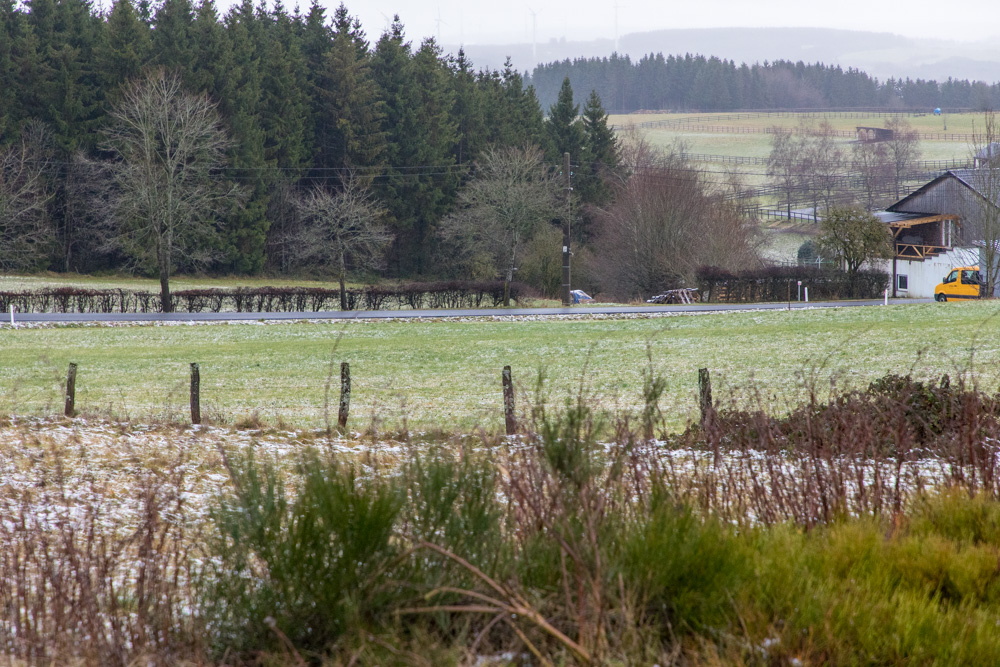
On October 26, 1981, after considerable lobbying, a Congressional hearing, and letter writing by Bouck, every member of the unit was finally recognized for their valor that day, making the platoon the most decorated American unit of its size of World War II.
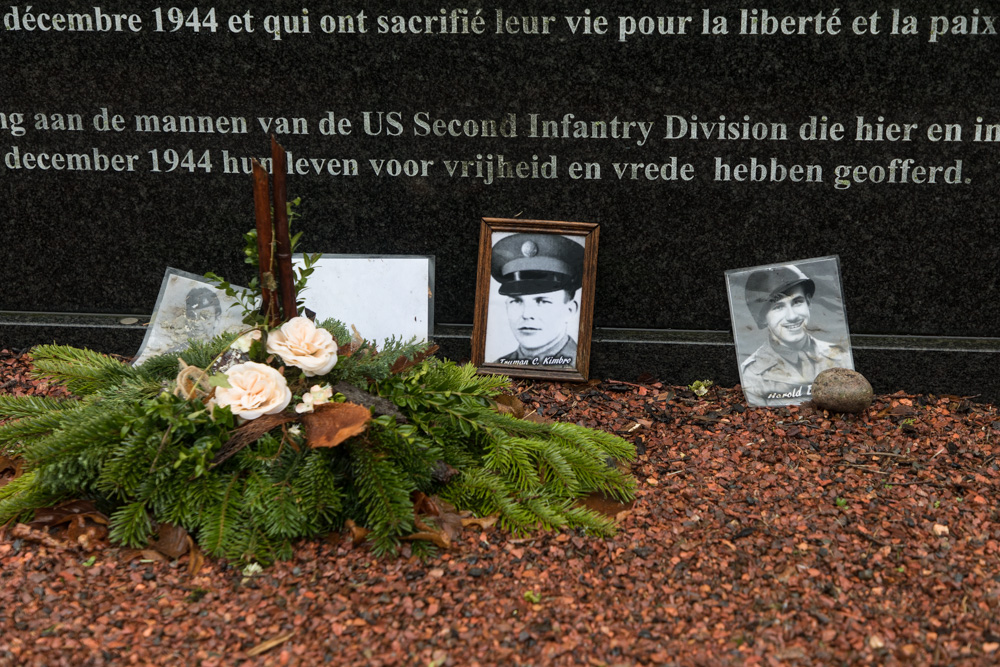
One of the memorials soberly framed the events well and made us pause to deeply reflect upon this special time in our history, "May God help you to understand what the fighting here and in the area was like, for there was such a distance between those who suffered and those who observed suffering from afar."
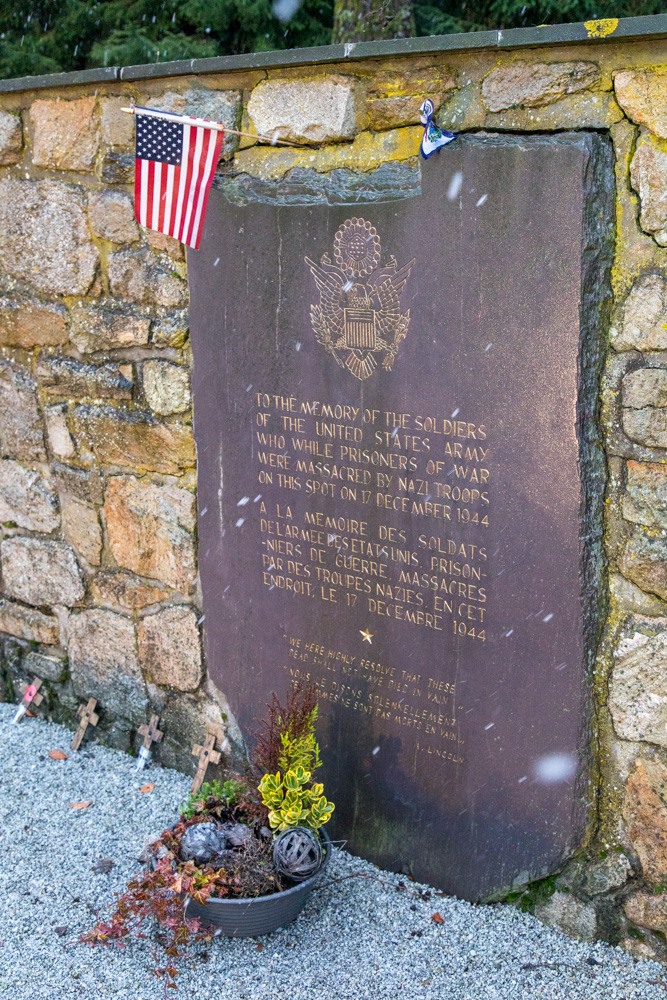
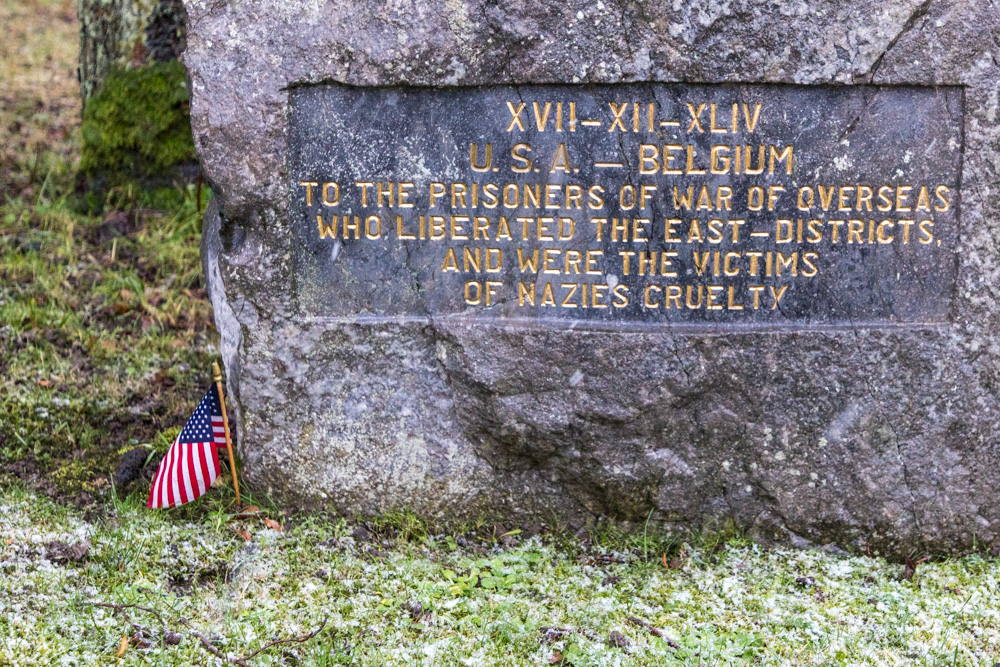
The German troops left behind assembled the American prisoners in a field along with other prisoners captured earlier in the day. Many of the survivors testified that about 120 troops were standing in the field when, for unknown reasons, the SS troops suddenly opened fire with machine guns on the prisoners.
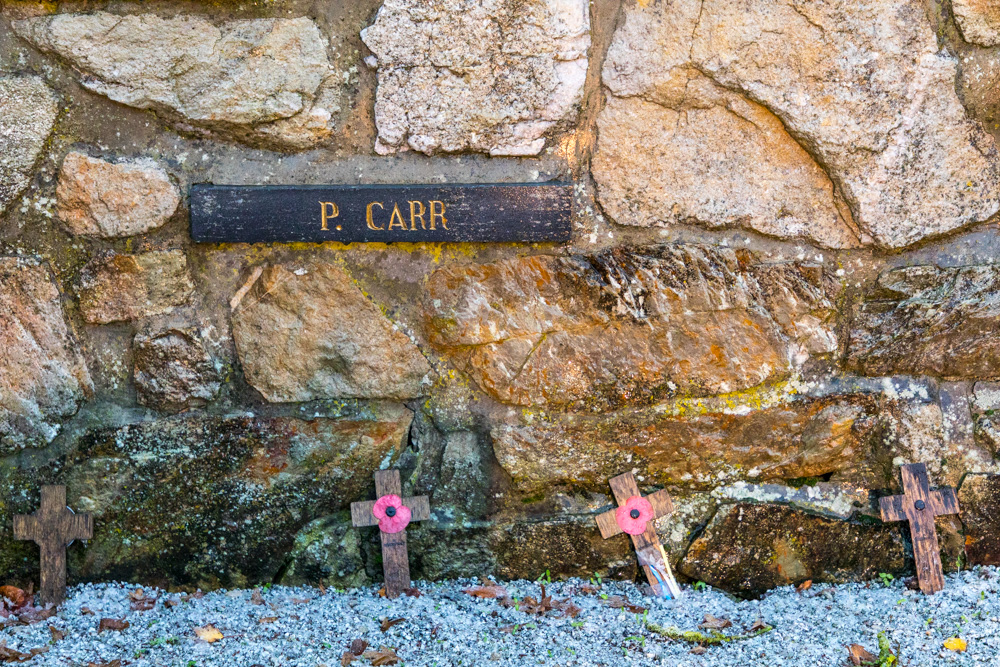
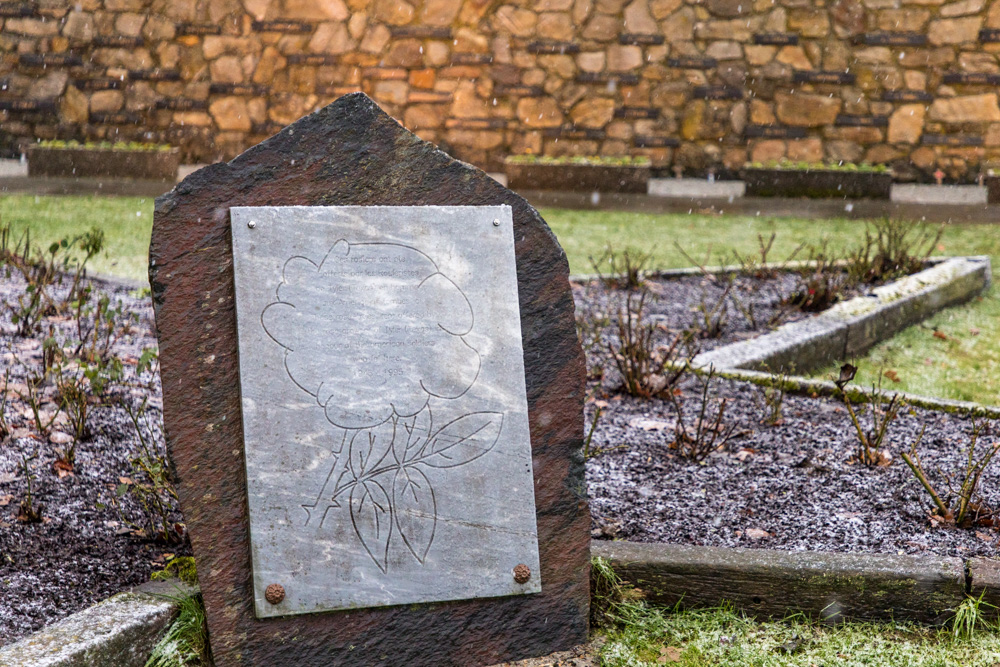

The Baugnez crossroads was behind German lines until the Allied counter-offensive in January. On January 14, 1945, US forces reached the crossroads and massacre site. They photographed the frozen, snow-covered bodies where they lay, and then removed them from the scene.
